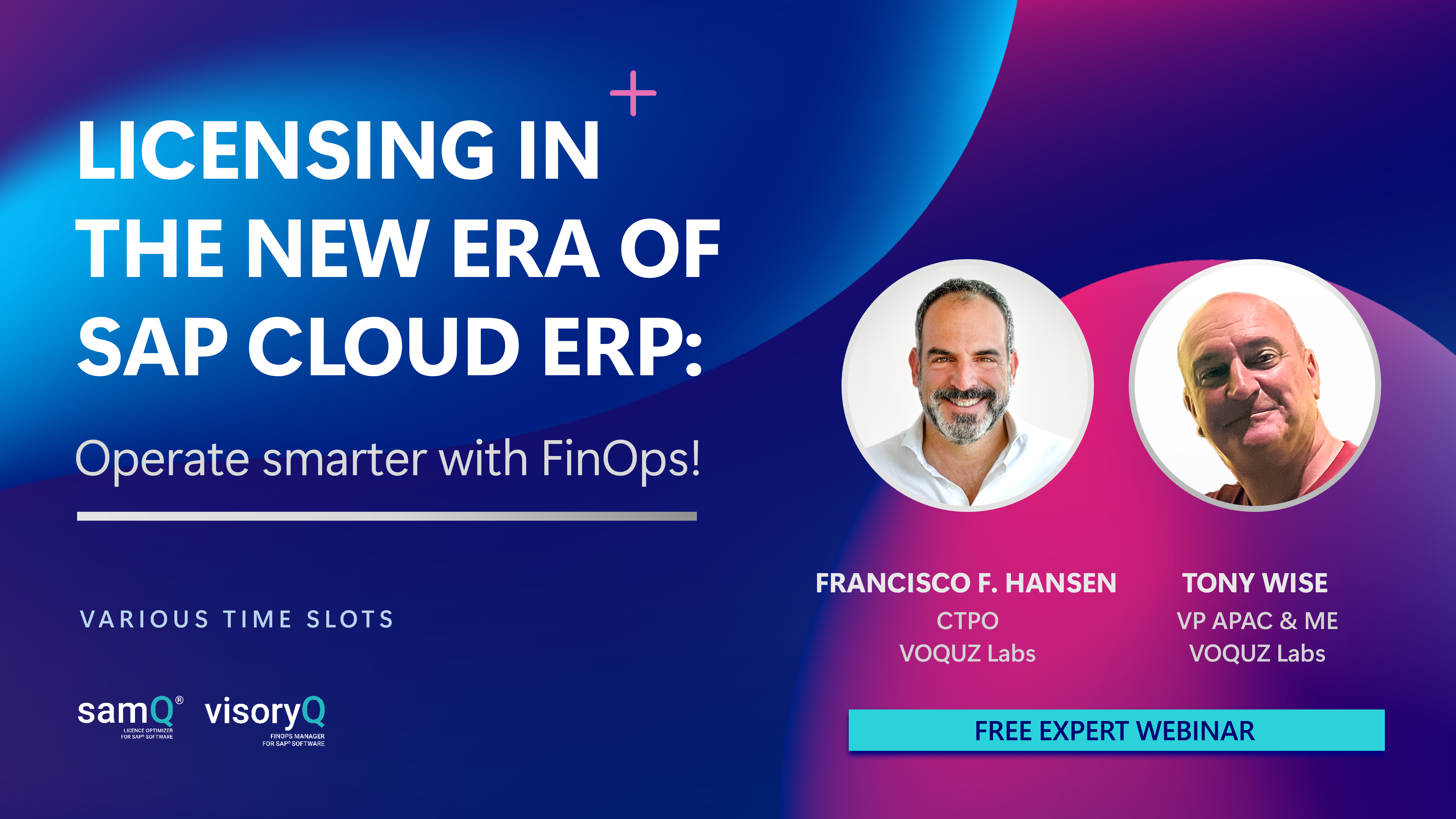



We all know, moving forward with SAP, conventional Software Asset Management is no longer enough! SAP Licensing has become far more complex. It’s no longer just about the ERP system — now we have to manage cloud products, SaaS, PaaS, BTP, and self-declaration products from SAP.
And that’s where it gets challenging: you might know how many products you have and where you’re not compliant — but how do you fix that? And what will it cost?
This is what drives the Licensing Management evolution: from solving individual problems, through handling special cases, to planning migrations, and establishing true License Governance and FinOps.


In today’s complex regulatory landscape, organizations face increasing pressure to maintain effective internal controls while managing ever-growing compliance obligations. Manual control execution and fragmented audit processes no longer keep pace with global standards such as SOX 404, UK Corporate Governance, or Germany’s IDW PS 982. Automation has become not only a cost-saving measure but a strategic necessity for resilience, transparency, and investor confidence.
Recent industry studies show the magnitude of the challenge: 85%of companies report that compliance requirements have grown more complex in the past three years, and over 80% plan to increase their investment in compliance technology. Despite these efforts, one in three SOX-regulated companies still reports recurring material weaknesses -- indicating that traditional control frameworks are no longer sufficient without automation.
Organizations that act now can gain a clear advantage. By automating internal controls and compliance monitoring, companies reduce manual effort, prevent errors and fraud, and unlock measurable ROI -- typically through reduced audit fees, fewer compliance incidents, and faster issue resolution.
VOQUZ Labs' webinars aim to explore each topic and SAP challenge from a neutral standpoint, focusing on the customer's needs and perspective. We contextualize the interactions of processes, requirements, and tools so that by the end of a webinar, you have tangible strategies for practical solutions.
